It’s been 30 years since the QR code first appeared on the scene, but over the past few years, its usage has grown 500-fold. By pointing our camera at this intricate blend of lines and squares, we arrive at a destination – whether that is a website, video, coupon, or ticket. The QR code is instant gratification; a mirror of how consumers are continually divorcing themselves form the complexity of technology.
Eating in a restaurant is easier nowadays; from ordering food to paying the bill. Consumers participate in operational tasks that were once the role of the restaurant worker. All of this is made possible by the QR code and the expectation the consumers will simply scan. No chitchat between the wait staff and the customer, no foodie recommendations, and no waiting either. Just the black and white jumble of squiggly lines that screams SCAN ME and you will be rewarded, or ignore me at your peril.
All that is left is the iRobot designed to deliver the food.
But just when we thought we were headed down the path to a dystopian restaurant experience, the QR Code is subverting its path of stability and uniformity. AI techniques – known as diffusion modeling – are allowing designers to build QR Codes with individuality and aesthetics that will engage customers, and reinforce the brand identity.
Think of this technology as scannable artwork. This generation of QR Codes can now integrate aspects of pictures, graphics, and other visual concepts. How about a QR Code that looks like a Pizza Pie for ordering Italian, or one that looks like a Latte when ordering coffee.
It’s a small victory for the merchant – a chance to elevate artistry over commodity. Most importantly it will tell a story that connects the customer to the restaurant experience and make it memorable.
Aldous Huxley could not have said it better!
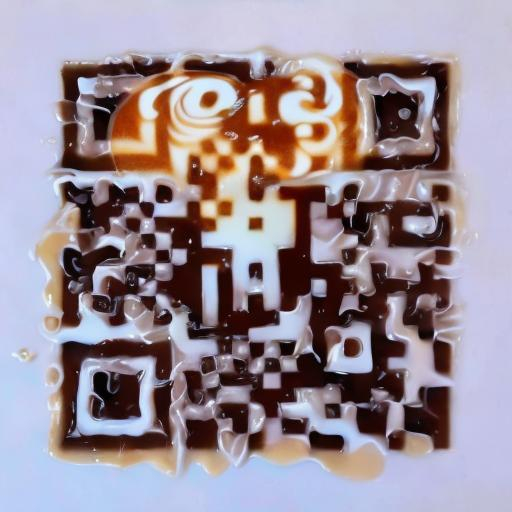
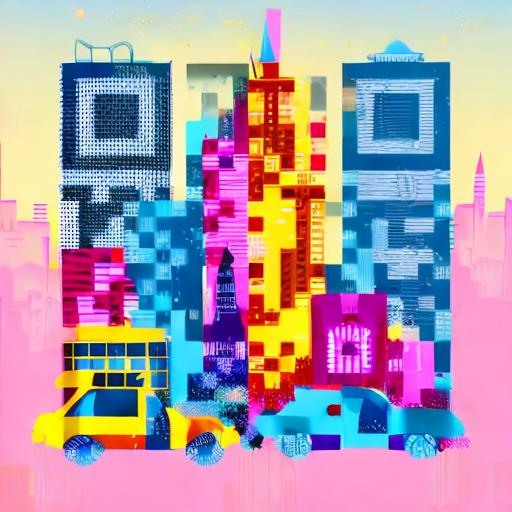
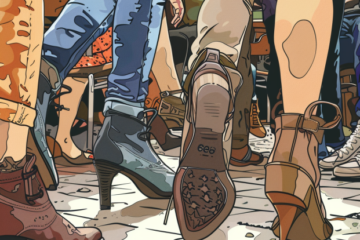
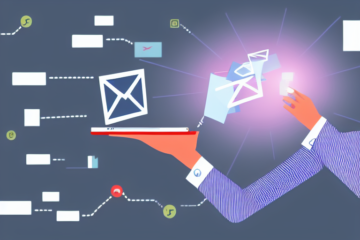
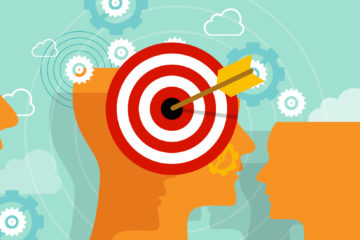
0 Comments